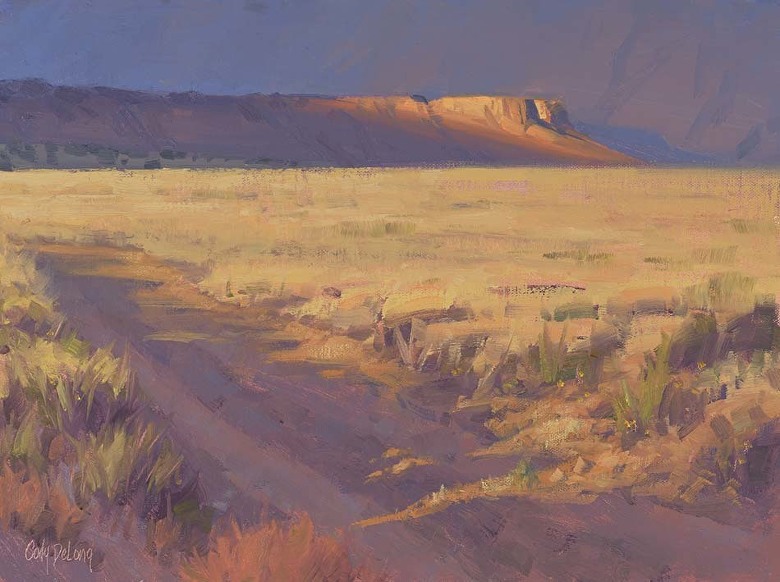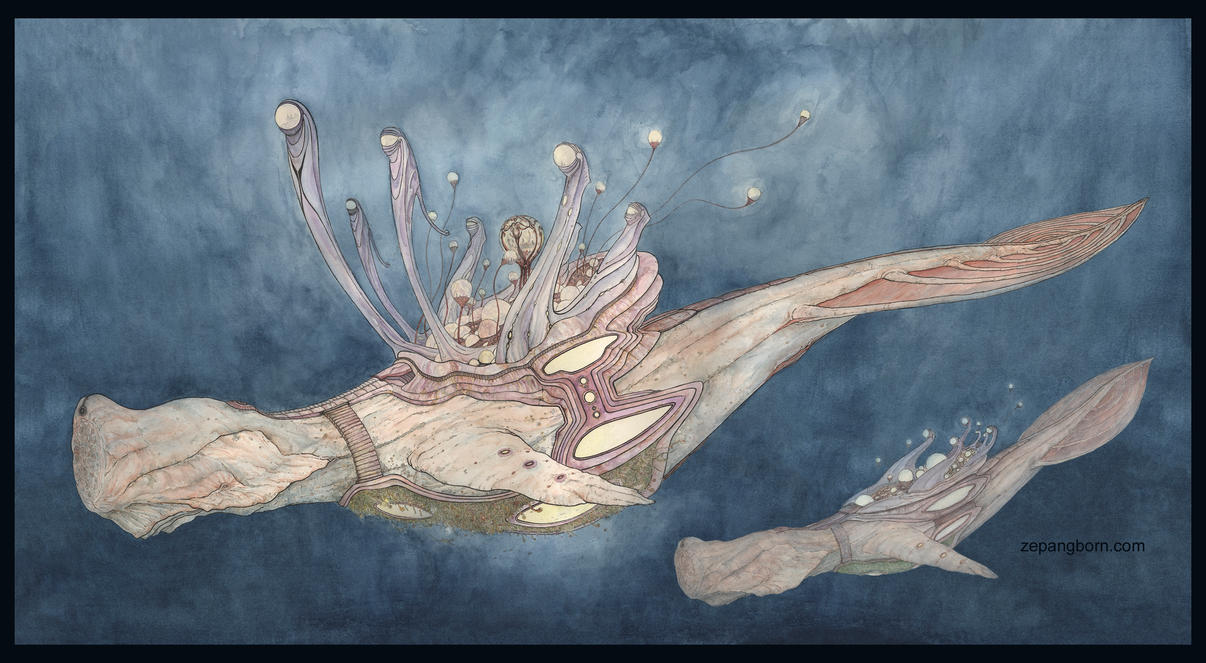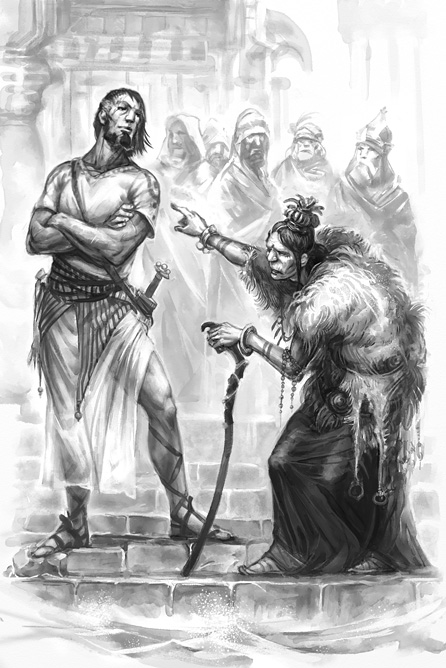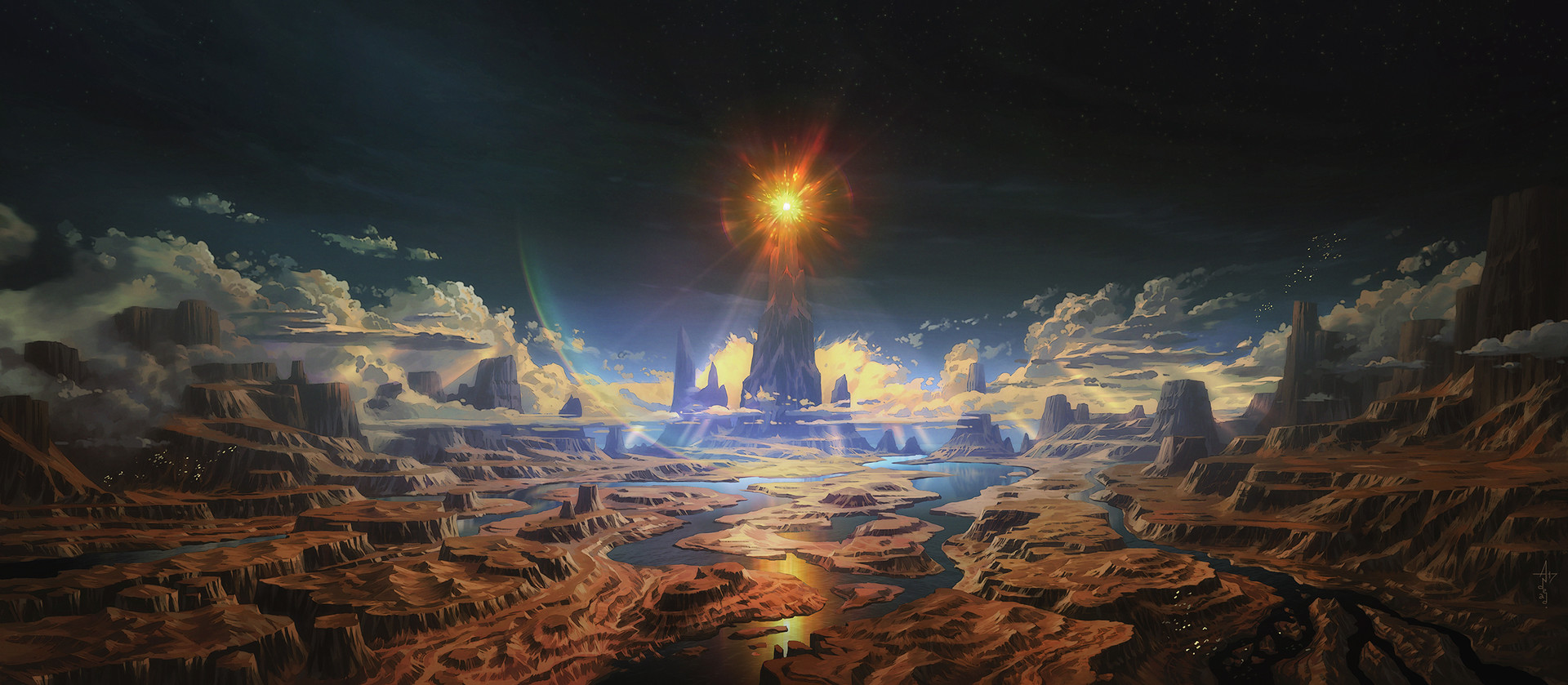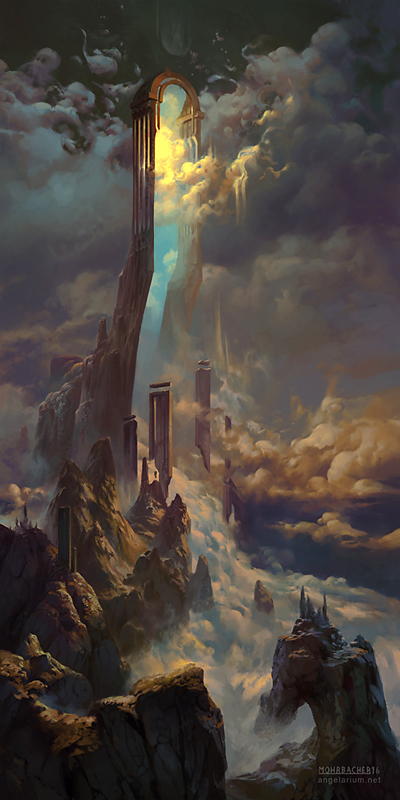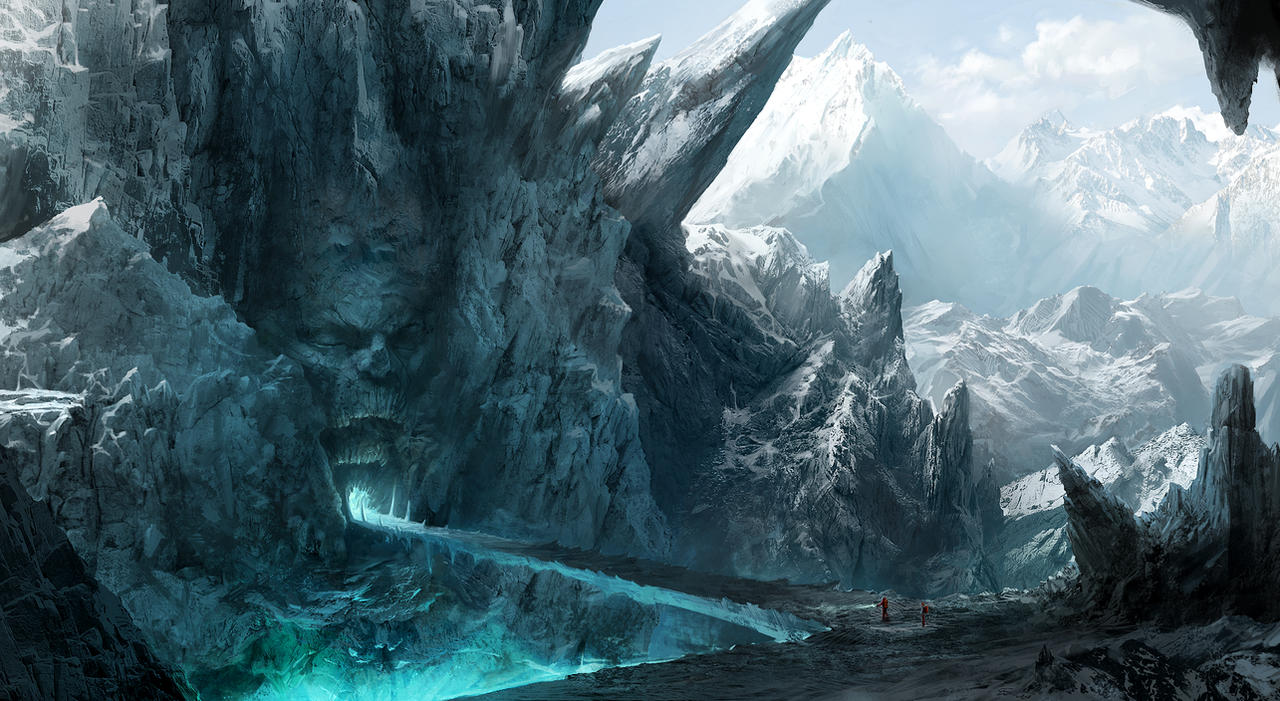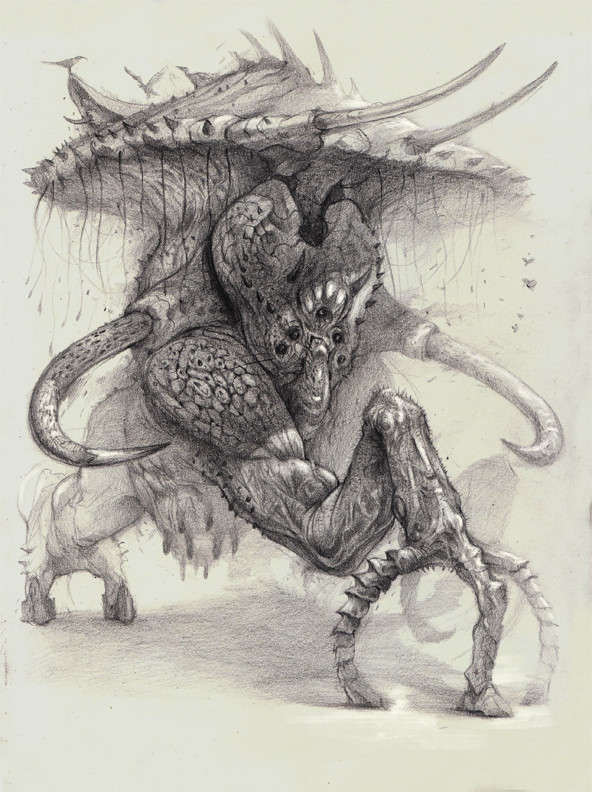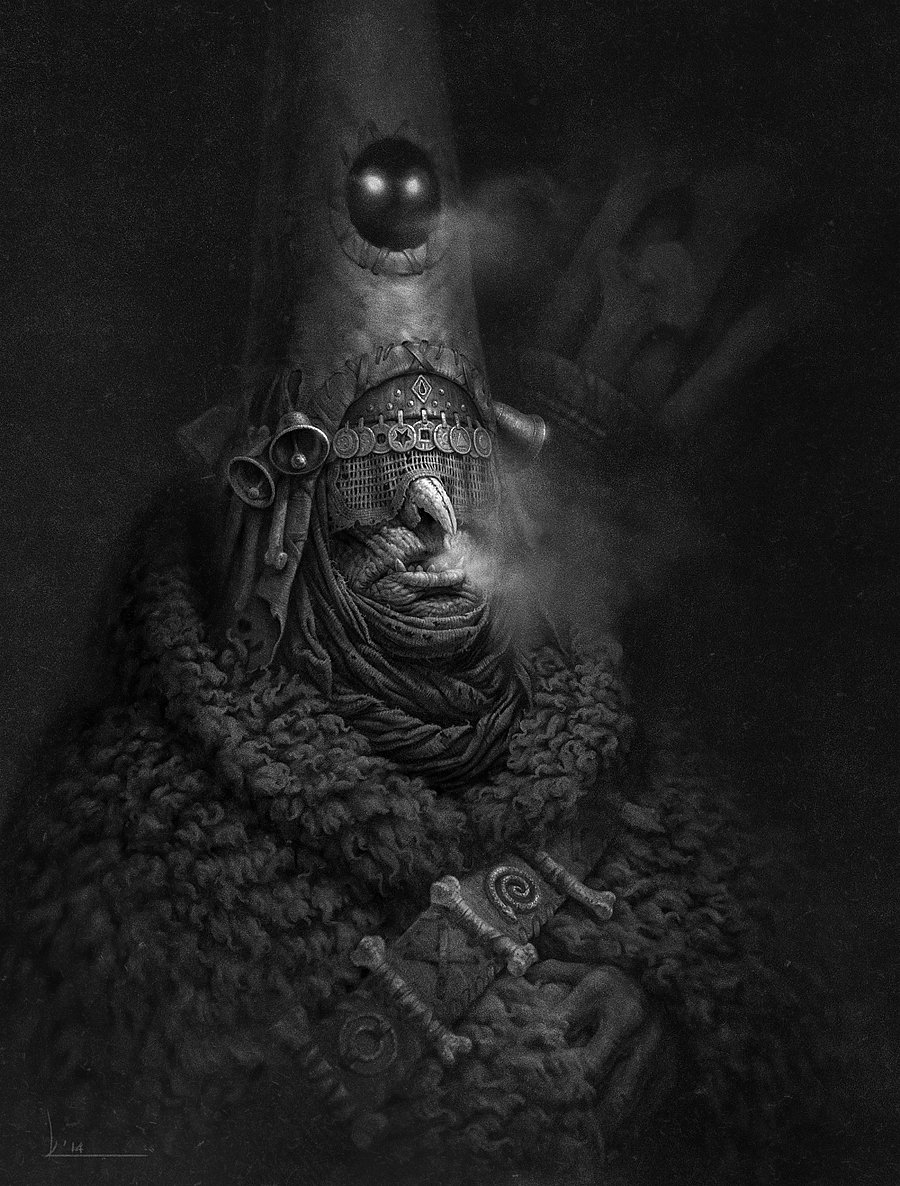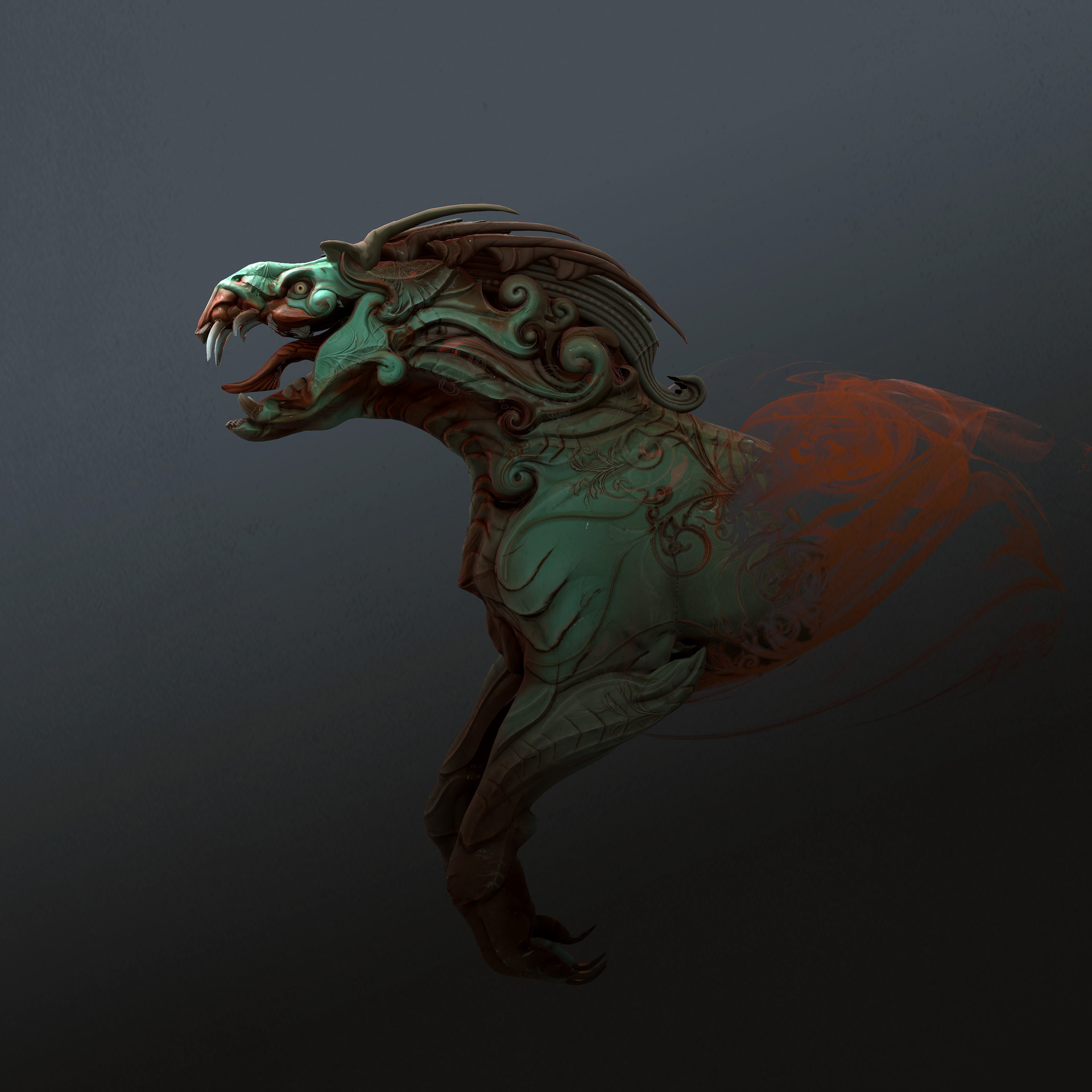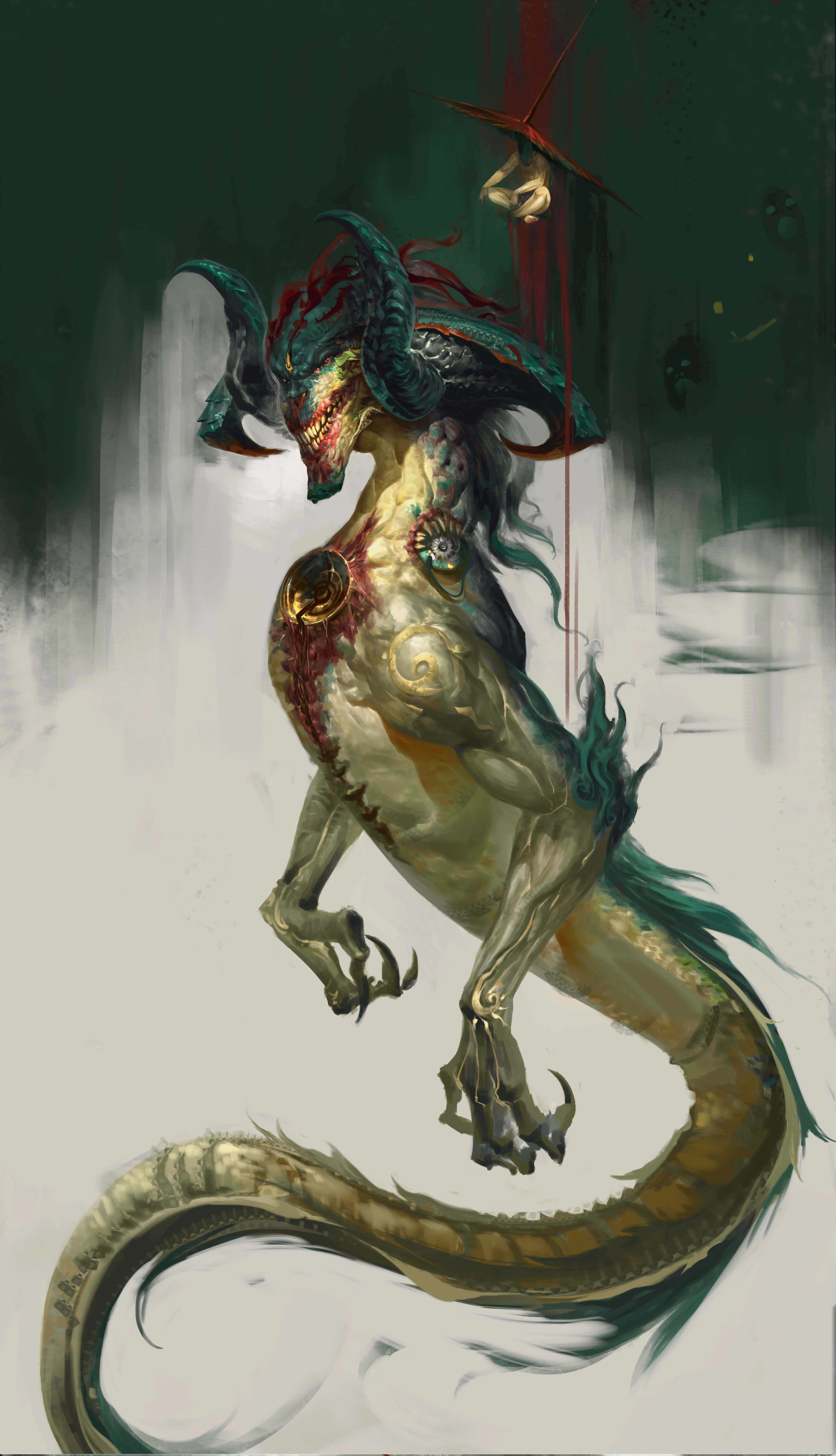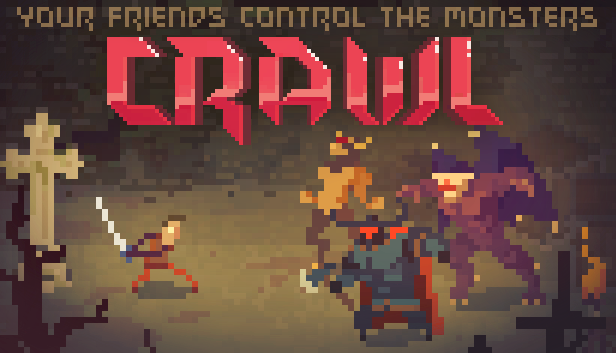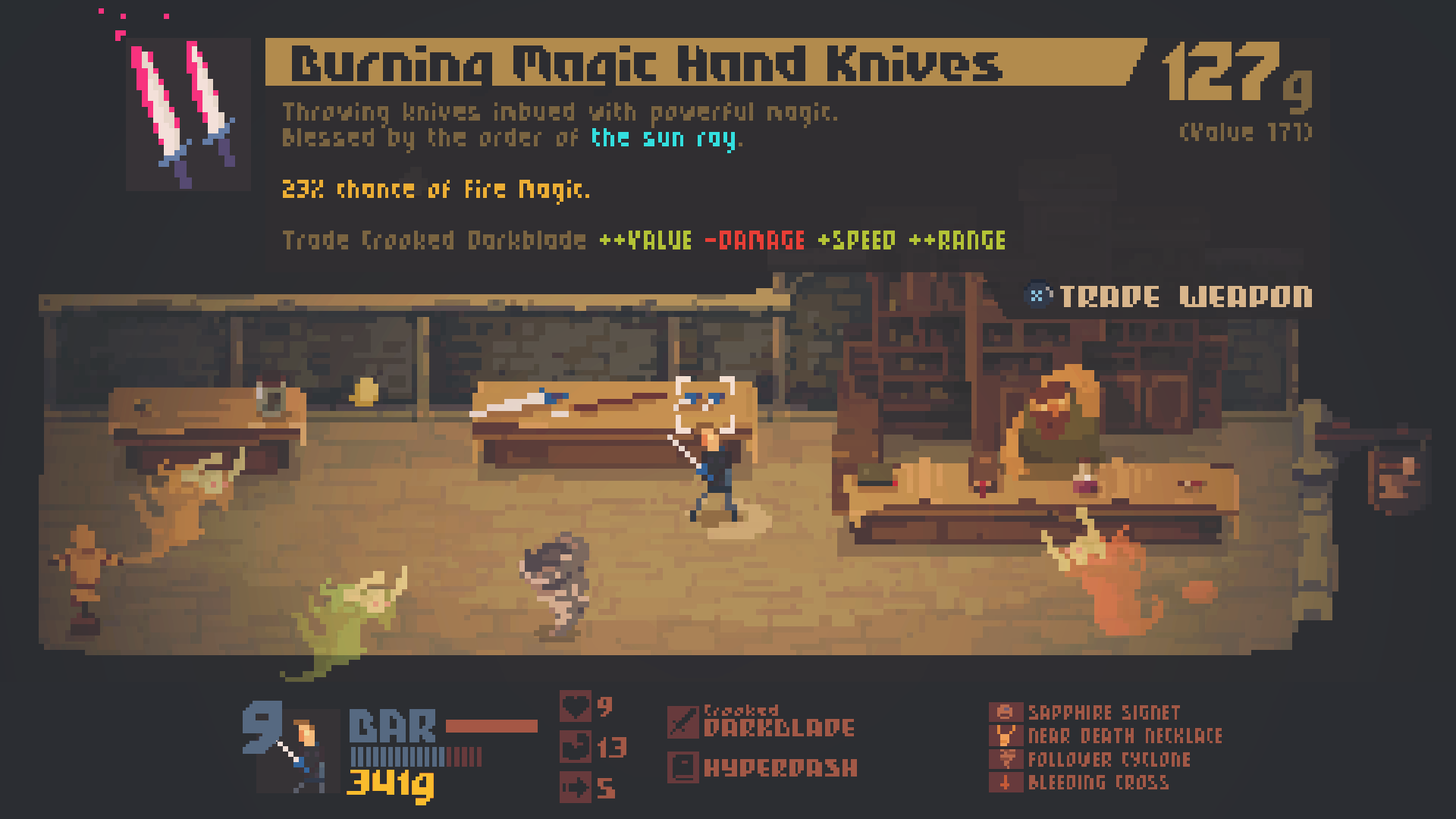Lets talk about Knights and Quests.
A Knight is someone who, through ardent belief and pure heart, quests.
A Quest is a long-form search, often in the form of a journey, trial, mission or other strongly intentioned action, undertaken by knights.
(You may notice the circular nature of these definitions. Knights do not, it all makes sense to their dreamy eyes and airy heads filled with convictions and ideals)
 |
Yes, even they were true Knights, even if they were very silly.
Source: Monty Python and the Holy Grail |
Your love is betrothed to another? Become a Knight and Quest for their hand against all hardships and societal convention!
Your grand-sire once lost a fight ? Become a Knight and Quest to return your family's name to its original status!
Decide you really like that bridge? Become a Knight and Quest to never let anyone across it who can't beat you in a fight!
The church say that those infidels a hundred hundred leagues away live in the town God was born in? Become a Knight and Quest to cross the continent and join hands with your brothers and sisters to slaughter the nonbelievers and cleanse the holy city!
For the right Quest anyone can become a Knight. Even
Treants.
1d6 Treant Knights and Their Quests
1: Ser Phoenix the Resiliant, first of the name, sprouted long ago in a lush oasis in the middle of a harsh desert. As the years past Able fought with his cohort in the slow wrestling match for light, eventually succumbing to darkness and death, or so he thought. He awoke to the hard wind of the desert covering his now animate trunk with biting sand and he took his first steps into the unknown.
Ser Phoenix quests to kill the
South Wind, that wind that drowns oases in sandy death. He haunts the dunes around where he grew up, waiting for the day the South Wind is foolish enough to blow that way again. In the meantime he protects travelers unused to the ways of the desert.
Ser Phoenix is a date-palm of short stature, hardly taller than a man, and wears only his fibrous bark for armor. His lance is the quill of a dire cactus and he rides a chariot pulled by wild jackalopes. He has a rather dry humor, but will eventually warm up to strangers.
2: Ser Pruner of the Blossom was cut down six winters ago after a long treelife of providing crabapples to homesteaders. Her human neighbors had finally moved away and a logging camp had set up to clear the land, starting with Ser Pruner's orchard. As the axes bit into her stem, she gave a horrific shout and ambled out of the orchard and out of those mountains forever.
Still a young Treant, and a new knight at that, Ser Pruner quests to bear the best apples in the world. Through her journeys she collects pollen from her inanimate kin to bear their fruit, and every traveler she meets she will offer a brace of fresh apples to be judged. Those that do not provide constructive feed back, or that run from the walking apple tree trying to get them to eat apples, will be the victims of her other quest: make sure
everyone world loves apples.
Ser Pruner wears her ever blossoming branches loose and free, but wears a chainmail shirt and tabard with the likeness of an apple upon it. She does not ride, but rather has a pair of mules that cart the fruits of her labors. She wields a longstaff and wears a pair of sharp shears at her belt.
3: Ser Popule the Shaking was one
ramet of a large aspen grove. He first sensed something was wrong centuries ago, when the far edge cried out in slow pain. As the decades ground on, so did his looming death, a glacier. When at last it was him and the wall of ice Ser Popule took his first quavering steps out of the way of the ice.
Now Ser Popule has made it his quest to never been cold again. Keep in mind that treants, like trees, aren't especially warm in the first place, but Ser Popule will not be dissuaded! He treks from cozy cabin to comfy bed, always with a thermos of warm sap in hand, always looking for a home the with forever be warm.
You'll rarely see his white barked face, Ser Popule wears heavy woolen clothing and furlined leather armor. He will occasionally strip to immerse himself in a hot-spring or tub, and then you will see his is tall and lanky and forever shivering. He rides a great white bear, and wields a flaming mace.
4: Ser Salix the Shambling grew wildly and with abandon in her youth, her greedy stems reaching for any light, her greedy roots drinking deep any water. One fall in the little valley choked with willow where she grew a chill settled on the lowlands, blackening her neighbors before they could shed their leaves and blighting them. Ser Salix would not sit idly by and freeze to death, so she uprooted and wandered to milder climes.
Ser Salix quests to protect the weak and helpless from the evils of gluttony. The Church converted her early on in her new life as a treant when they found her wallowing in the shallows of a creek drinking as much as her road hardened roots could absorb. The holy man that found her taught her the virtues of abstinence and so she preaches on the road and challenges any she sees as gluttonous to a duel.
Ser Salix would cram herself into the plate mail of a holy order of knights if she could, be she has settled for an iron corset of sorts, binding her many wandering stems into a tube. Its terribly uncofortable, so she will only gird herself when duels are imminent. She wields the most abstinent of weapons, a simple rod of iron and rides on an old donkey given to her by a converted farmer she preached to once.
5: Ser Cary who was Burned speaks little of his past, though the sharp eye can read his history on his old hickory face. The burn scars that go that deep rarely heal well, and the dead charcoal flesh takes on a deep black sheen after years in the rain and sun.
Ser Cary is on a quest to extinguish all fires. He is deep into this endevor, an expert fire fighter. He is currently arming himself with everything necessary to travel to the Plane of Fire to do battle there in a purer sense of the word with the animal spirits of the destructive element.
His fire hardened flesh acts well as a human knight's plate mail, and over it he wears a heavy oiled cloak to retard flames. He travels on the in a boat on the back of a water elemental he met and befriended years ago, and wields a strange mix between of an
axe and pick that he swings with vigor and rage.
6: Ser Tsugan Half-Rotten will tell you his tale with a his great wheezey voice, how when he was still a tree a fungal blight came to his forest in the high peaks where he grew. In the alpine hemlock forests everything happens in slow motion, he watched neighbors and friends succumb to the rot, and one spring found the death in his own trunk. He sighed and figured he should see the world before he died, so he ripped up his roots and half-walked, half-tumbled down the mountain.
Ser Tsugan walks with obvious pain, and the remains of his corky face and often twisted into a resigned grimace. For all his discomfort Ser Tsugan is kind to every soul great and small he passes. You may find him politely listening to a waterfall waiting for it to be done speaking, or gingerly watching robins hatching in their nest. For his quest is to show kindness, even when it is hard.
Half-Rotten is a large treant, but bent into a hunch. He wears only robes of moss, kindly giving them a home. He rides no beast, but prefers to limp along side them for company. He wields no weapon, for what kindness can a weapon give?


